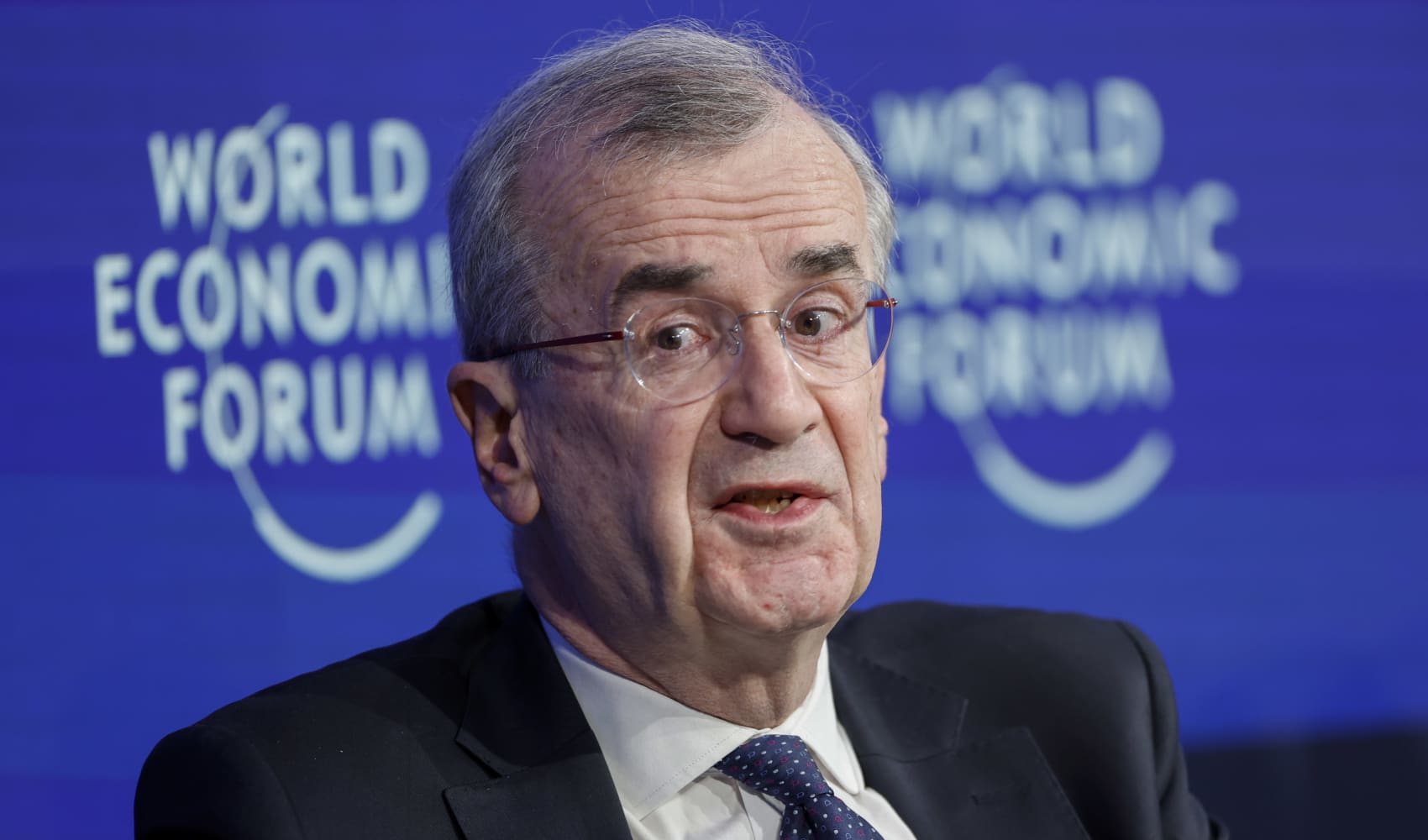
- The U.S. Department of Education continues to put out new information on how President Joe Biden's historic student loan forgiveness plan will work.
- Here's the latest.
The U.S. Department of Education continues to put out new information on how President Joe Biden's historic student loan forgiveness plan will work.
Some of the latest details include how forgiveness will be applied to your balance: which federal student loans can get the relief, and in what order.
It's not unusual for someone to have multiple student loans, experts say. "I'd estimate them at around eight to 12 per borrower," said higher-education expert Mark Kantrowitz.
Get San Diego local news, weather forecasts, sports and lifestyle stories to your inbox. Sign up for NBC San Diego newsletters.
Here's the latest to know.
Which of my loans will be forgiven first?
Here's how qualifying loans are prioritized, when forgiveness is applied:
- Defaulted loans: Forgiveness will first be applied to any loans you may have defaulted on, Kantrowitz said.
- Highest interest rate: The relief will then be directed at your loans with the highest interest rate, he said.
- Loan type: Unsubsidized loans will get cancellation before subsidized loans.
"If everything is the same, which is unlikely, they will apply it to the most recent loan," Kantrowitz said. "If that doesn't differentiate, then they'll apply it to the loans with the lowest balance."
Money Report
How much debt can I get forgiven?
President Joe Biden announced in August that most federal student loan borrowers will be eligible for some forgiveness: up to $10,000 if they didn't receive a Pell Grant, which is a type of aid available to low-income undergraduate students, and up to $20,000 if they did. (Here's how to know if you got one.)
If your remaining student loan balance is below the forgiveness amount for which you're eligible, you'll get only that amount cleared. You can, however, request a refund for payments made during the pandemic.
Borrowers who earn more than $125,000 per year, or married couples or heads of households earning over $250,000, are excluded from the relief.
Do my loans qualify?
Big picture, the vast majority — roughly 37 million borrowers — will be eligible for the forgiveness based on their loan type (and then as long as they also fall under the income cap), because their debt is under what's called the William D. Ford Federal Direct Loan Program.
That includes Direct Stafford Loans, and all Direct subsidized and unsubsidized federal student loans. Under the Direct program, Parent Plus and Grad Loans, are eligible for the relief too. The roughly 5 million borrowers with a Federal Family Education Loan (FFEL) held by the government can qualify.
More from Personal Finance:
Steps workers worried about job cuts can take to prepare
Typical job switcher got a pay raise of nearly 10%, study finds
Here are the 'most employable' college degrees
The Education Department said recently that it's trying to find a way to deliver the relief to the other 5 million borrowers who have a commercially held FFEL loan, which means the debt is held by a private company. Those with these loans, in the meantime, can contact their servicer or Studentaid.gov to consolidate into the main federal direct program.
You can find out where your FFEL loans are held at Studentaid.gov. Sign in with your FSA ID and then go to the "My Aid" tab, and search for your loan details.
Private student loans aren't eligible for cancellation.
What happens if I still have a balance after forgiveness?
Considering that the average student loan balance is over $30,000, many people will still have debt even after forgiveness.
But your monthly payment, once those resume in January, may be lower. That's because the Education Department plans to "reamortize" borrowers' new balances. That's a wonky term that means it will recalculate your monthly payment based on your new balance and the number of months you have left on your repayment timeline.
Kantrowitz provided an example: Let's say you currently owe $30,000 in student loans with a 5% interest rate. Before the pandemic, you paid around $320 a month on a 10-year repayment term.
If you get $10,000 in student loan forgiveness, your total balance would be reduced by a third, and your monthly payment will also drop by a third, to roughly $210 a month. Your repayment timeline remains the same as before.






